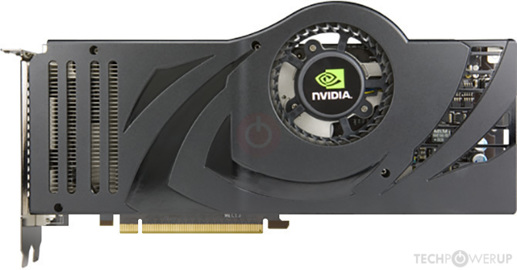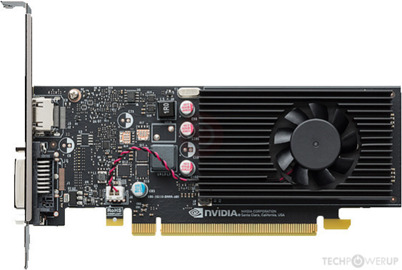- Joined
- Oct 9, 2007
- Messages
- 47,854 (7.38/day)
- Location
- Dublin, Ireland
| System Name | RBMK-1000 |
|---|---|
| Processor | AMD Ryzen 7 5700G |
| Motherboard | Gigabyte B550 AORUS Elite V2 |
| Cooling | DeepCool Gammax L240 V2 |
| Memory | 2x 16GB DDR4-3200 |
| Video Card(s) | Galax RTX 4070 Ti EX |
| Storage | Samsung 990 1TB |
| Display(s) | BenQ 1440p 60 Hz 27-inch |
| Case | Corsair Carbide 100R |
| Audio Device(s) | ASUS SupremeFX S1220A |
| Power Supply | Cooler Master MWE Gold 650W |
| Mouse | ASUS ROG Strix Impact |
| Keyboard | Gamdias Hermes E2 |
| Software | Windows 11 Pro |
Here are some of the first pictures of the PowerColor Radeon RX 5700 XT Red Devil graphics card. This is the company's most premium custom-design product based on the RX 5700 XT, and combines a custom-design PCB with a large triple-slot cooling solution that features an aluminium fin-stack heatsink that's ventilated by a trio of 80 mm spinners.
The card offers idle-fan stop, dual-BIOS, voltage measurement points, and addressable-RGB LED embellishments along the card's top and back-plate. The card is also expected to feature the company's highest factory-overclock. The card pulls power from a pair of 8-pin PCIe power connectors, while display outputs include three DisplayPorts and an HDMI.
Update: PowerColor hopes to launch the RX 5700 XT Red Devil graphics card by August 13th.
Update Aug 15th: Our review of the Powercolor RX 5700 XT Red Devil is posted now.





View at TechPowerUp Main Site
The card offers idle-fan stop, dual-BIOS, voltage measurement points, and addressable-RGB LED embellishments along the card's top and back-plate. The card is also expected to feature the company's highest factory-overclock. The card pulls power from a pair of 8-pin PCIe power connectors, while display outputs include three DisplayPorts and an HDMI.
Update: PowerColor hopes to launch the RX 5700 XT Red Devil graphics card by August 13th.
Update Aug 15th: Our review of the Powercolor RX 5700 XT Red Devil is posted now.





View at TechPowerUp Main Site








